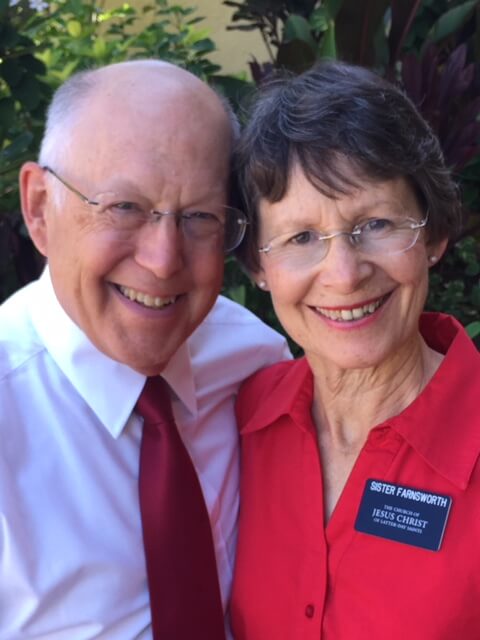Podcast: Play in new window | Download | Embed
 David Farnsworth was a retired leadership and executive coach who spent years helping organization improve their interviewing skills through the 3D Interviewing method. He passed away in July 2020. In this episode David explains methods latter-days saint leaders can use in order to improve the effectiveness of one-to-one interviews and classroom teaching through effective questions.
David Farnsworth was a retired leadership and executive coach who spent years helping organization improve their interviewing skills through the 3D Interviewing method. He passed away in July 2020. In this episode David explains methods latter-days saint leaders can use in order to improve the effectiveness of one-to-one interviews and classroom teaching through effective questions.
Episode Highlights:
- (7:15) Why do I want to develop my interviewing skills?
- The question is how do you see your role?
- Understanding the leader’s role in an interaction
- (11:35) The Fundamentals
- Be sincerely interested in others.
- Reading others accurately.
- Having the vocabulary to articulate.
- Be willing to be authentic and consistent.
- Having a good sense of ourselves (self-awareness).
- Trust others in their ability to respond.
- Not seeing yourself as the expert, but to uncouple yourself from having all the answers.
- (17:45) Drawing the Cube exercise
- (22:00) The Art of Formulating Focused Questions Preparing questions in advance.
- Draft good questions.
- Try to put them in a logical order.
- Examine questions carefully and fine-tune them.
- (29:45) Active Listening
- Paraphrase in your own words what the other person has just said:
- Leaving the other person in control allows you find out how they think, what they’re feeling, etc.
- Three levels of paraphrasing:
- What was said? (make sure you’re clear about what they’ve said).
- How was it said? (for example, “I can see this is difficult for you…”).
- What was not said?
- Paraphrase in your own words what the other person has just said:
- Three reactions to paraphrasing – agreement, correction/clarification, or amplification.
- (44:20) Summarizing – different than paraphrasing.
- Pulling together the major points of the discussion or topic (your understanding of the discussion).
- Same three reactions to summarizing as paraphrasing (agreement, correction/clarification, or amplification).
- (52:45) Sequencing questions – Getting acquainted example.
- (55:00) Sequencing questions – Problem-solving example.
- (58:50) Sequencing questions – Classroom example.
- (67:00) How can I start interviewing using the 3D-I model?
- “After Action Review












Yes outstanding.
Can’t believe there were no comments about this earlier.
I will adopt these techniques wish I had listened to this episode earlier.
Nice wrapping of CS Lewis quote which assures that each of us are Gods and that we should treat each other as such.
My notes listening for 2nd time. felt to Summarize his main points. This would make this information easier to share w other church leaders. This is what I came up with. Any feedback requested.
Interviewing skills and techniques in 4 points.
1. Discovery (Active Listening)
2. Facts (paraphrasing for clarification)
3. Questions (putting facts together)
4. Summarize (small steps, Assignments or callings w return and report)
Thanks for a very good and informative podcast.